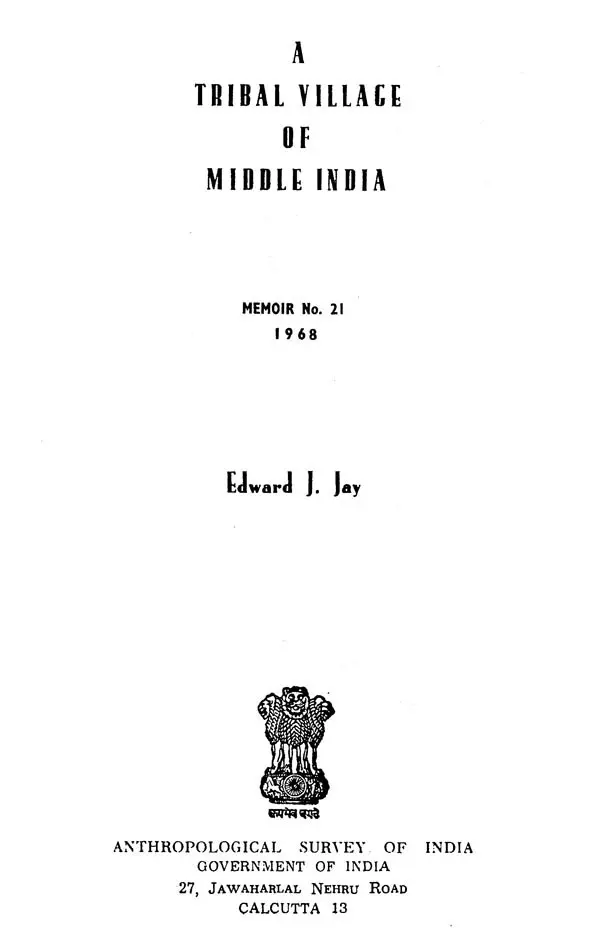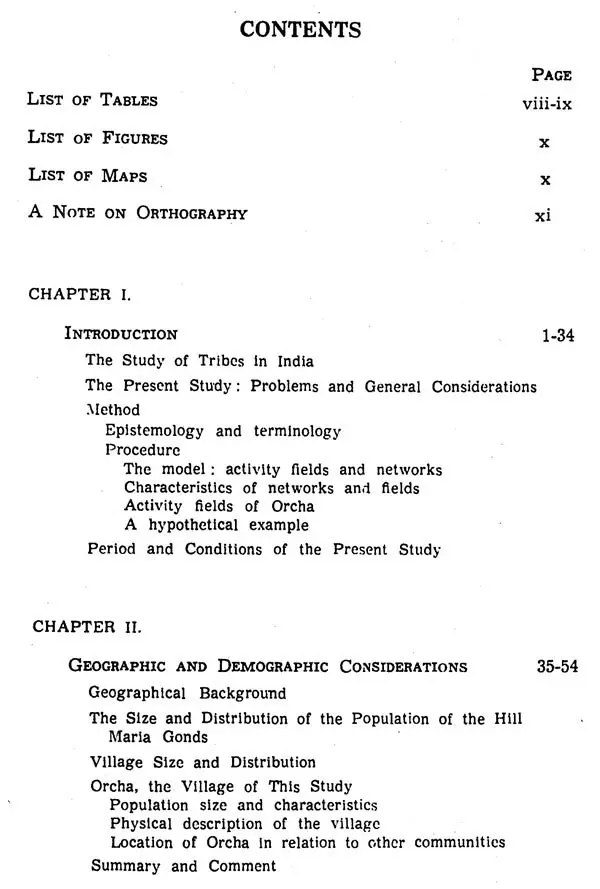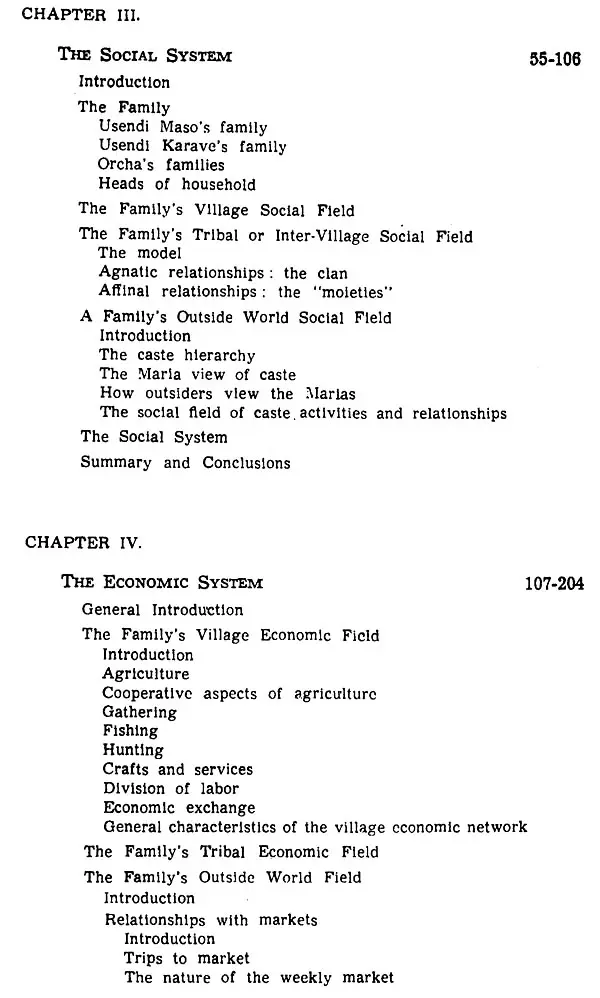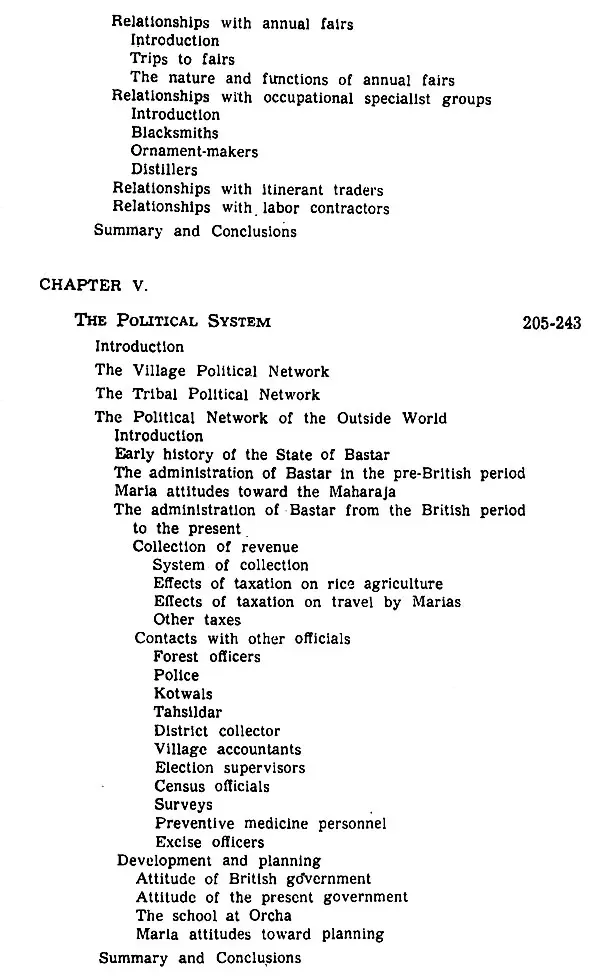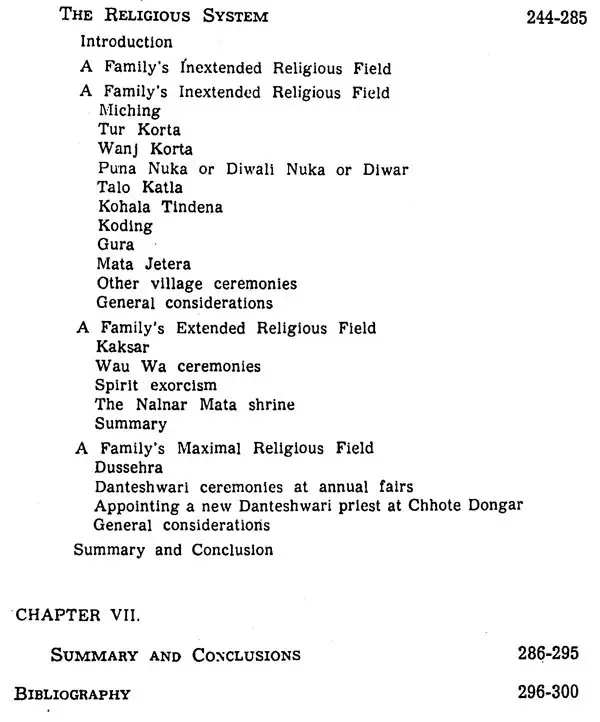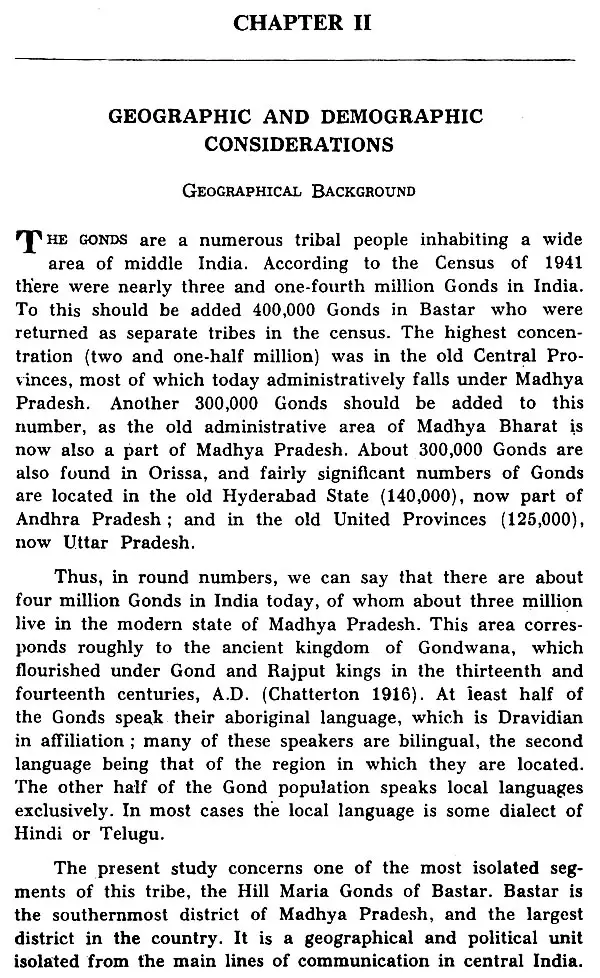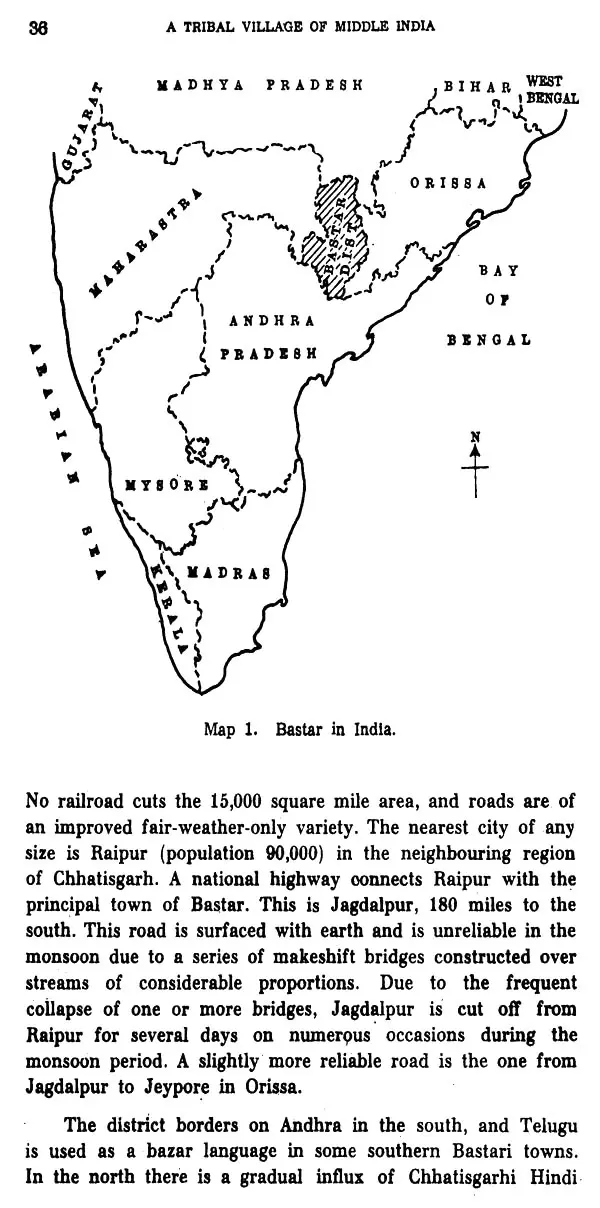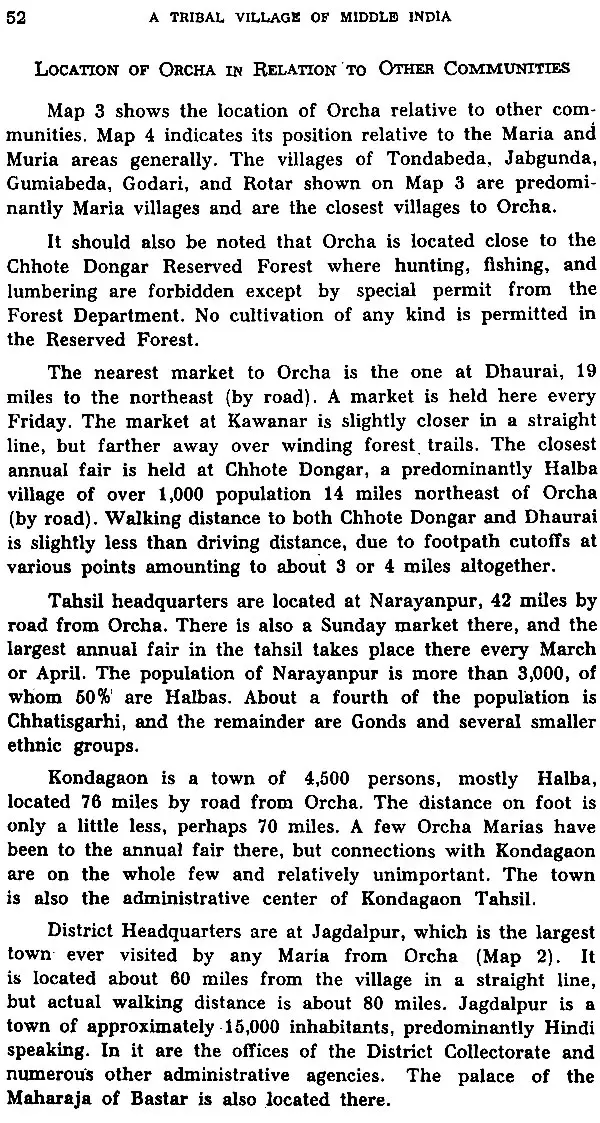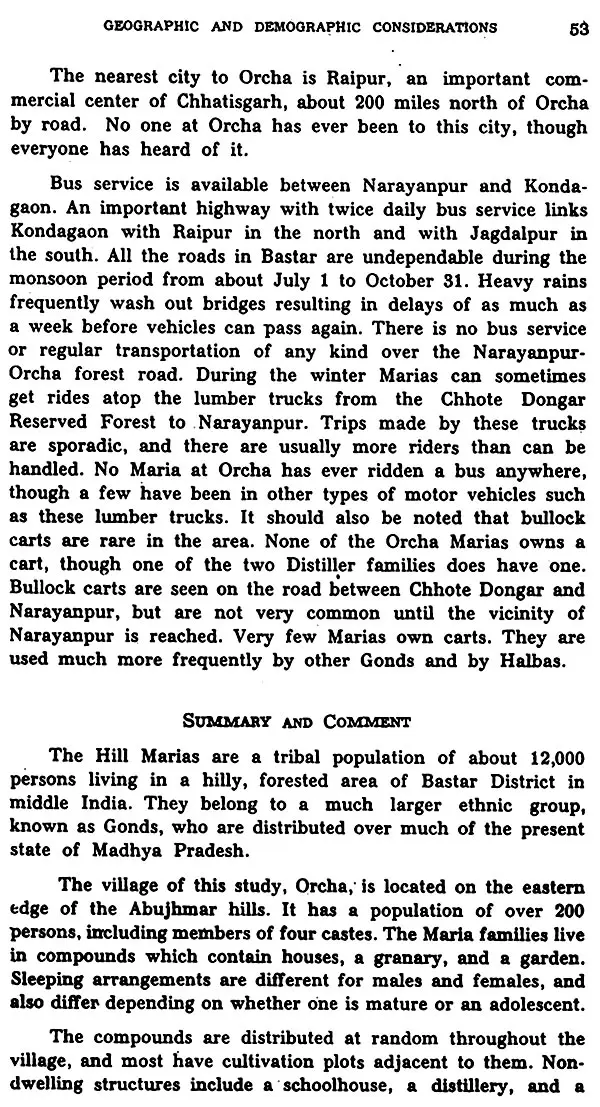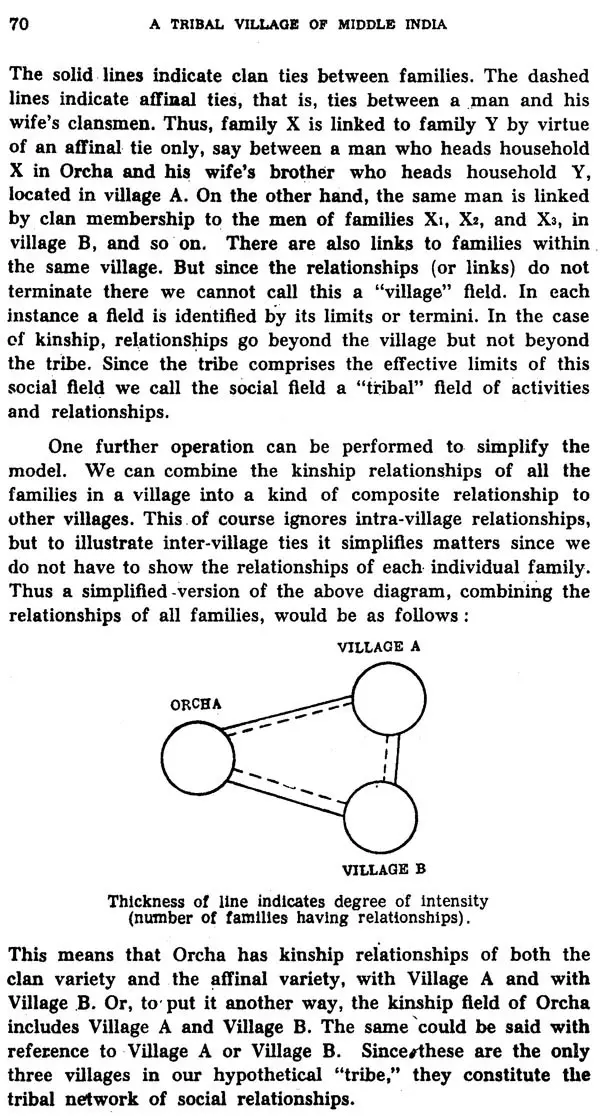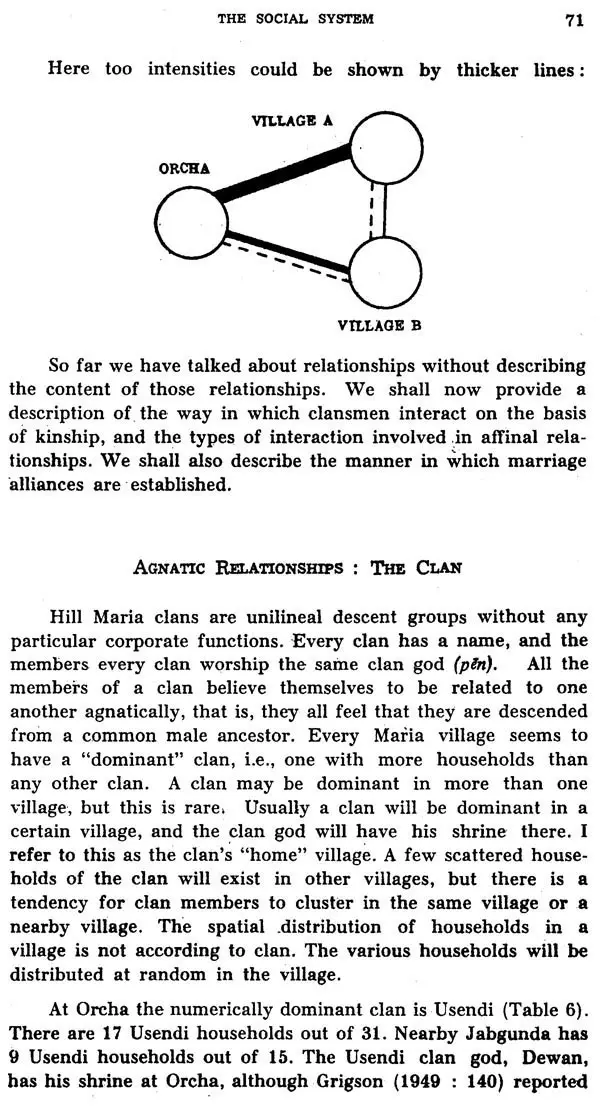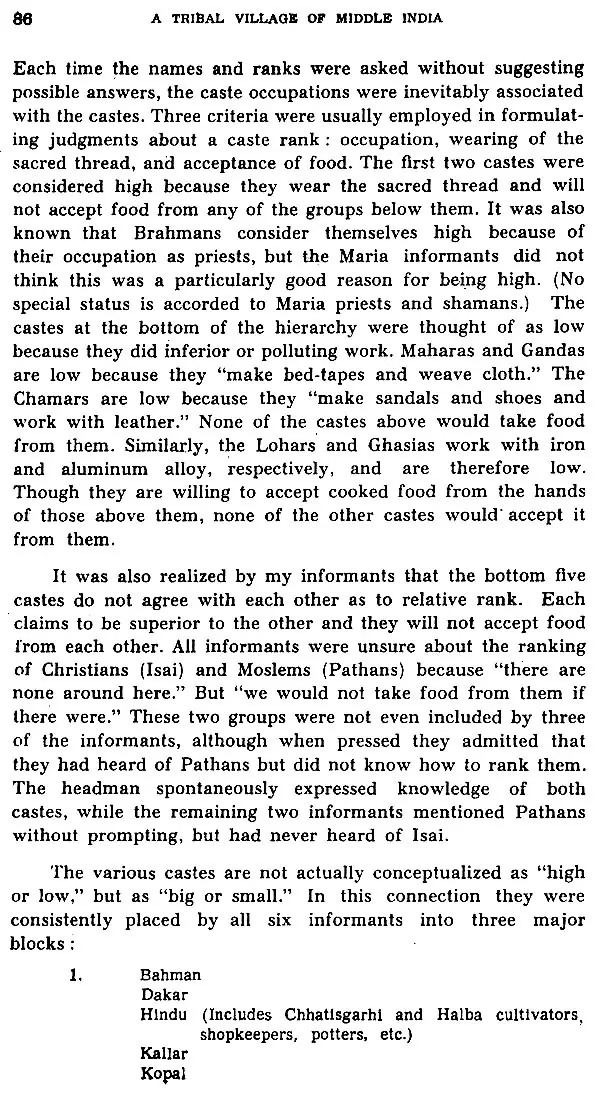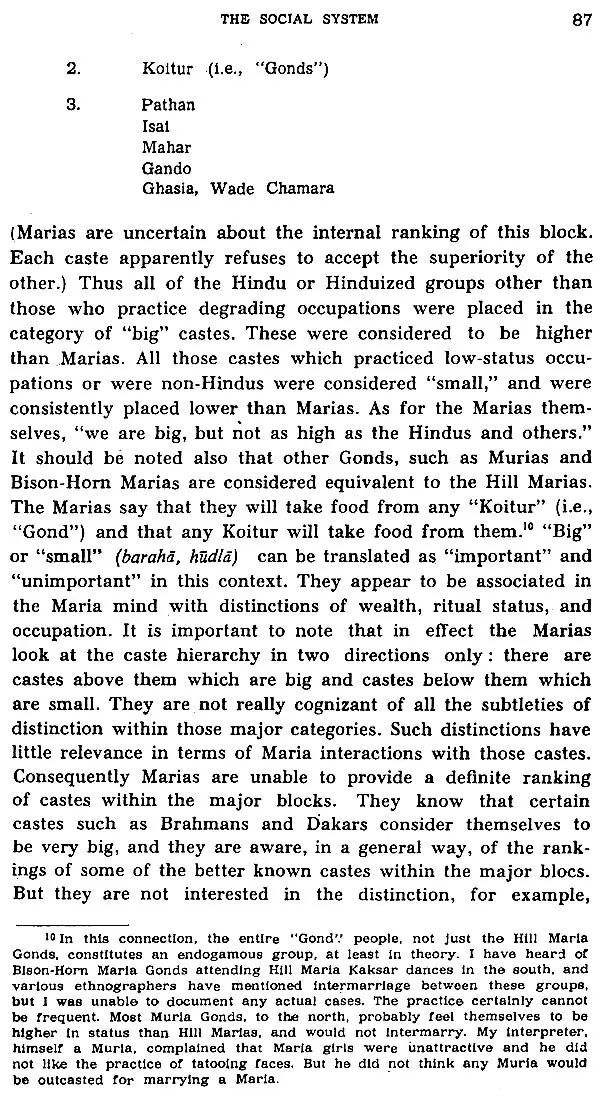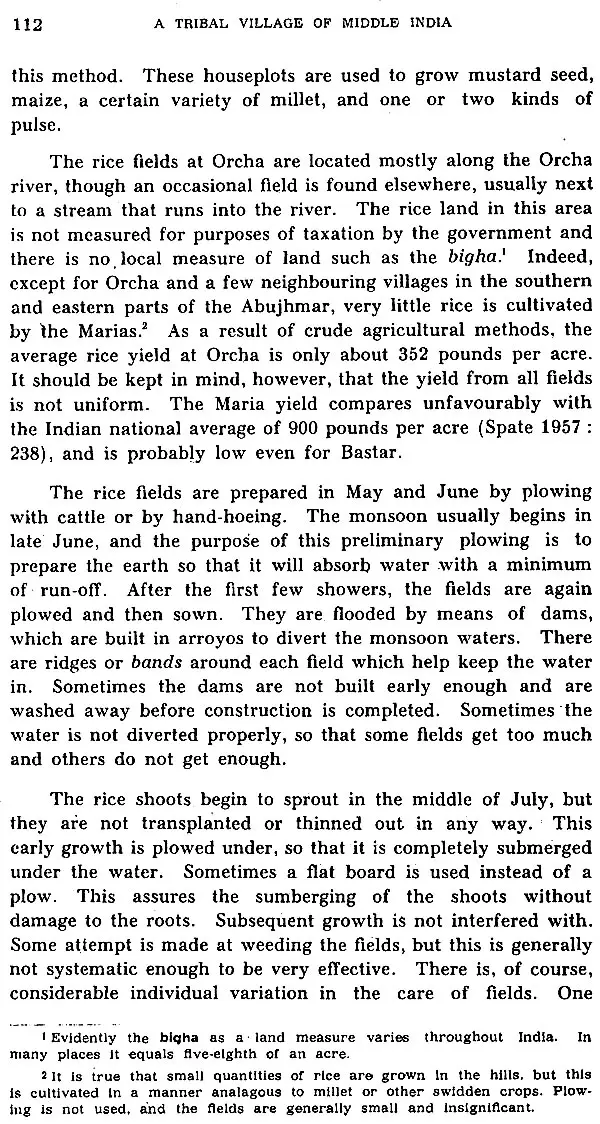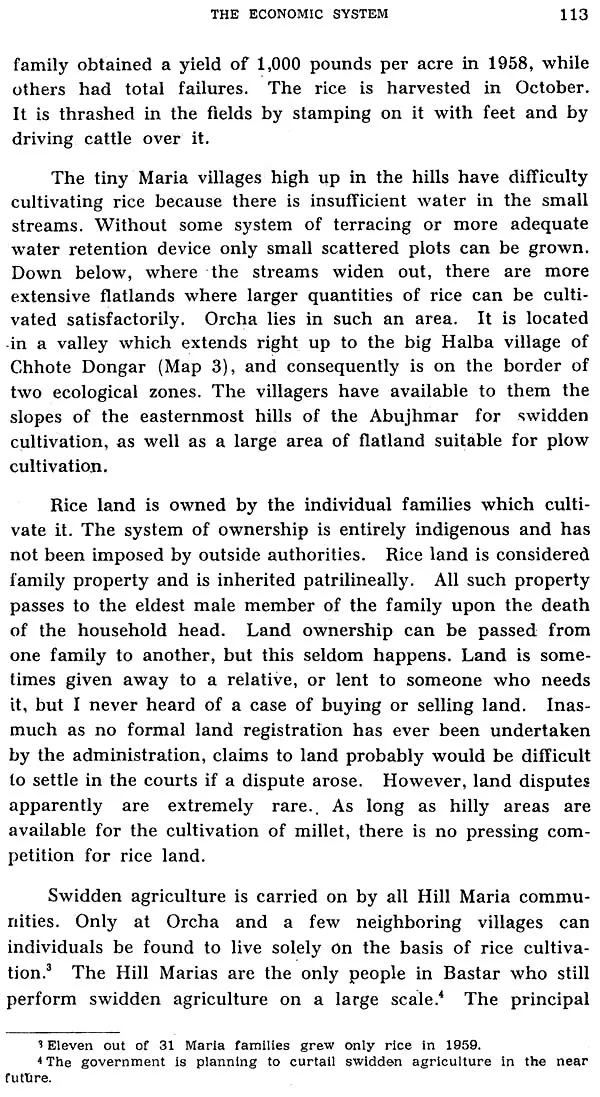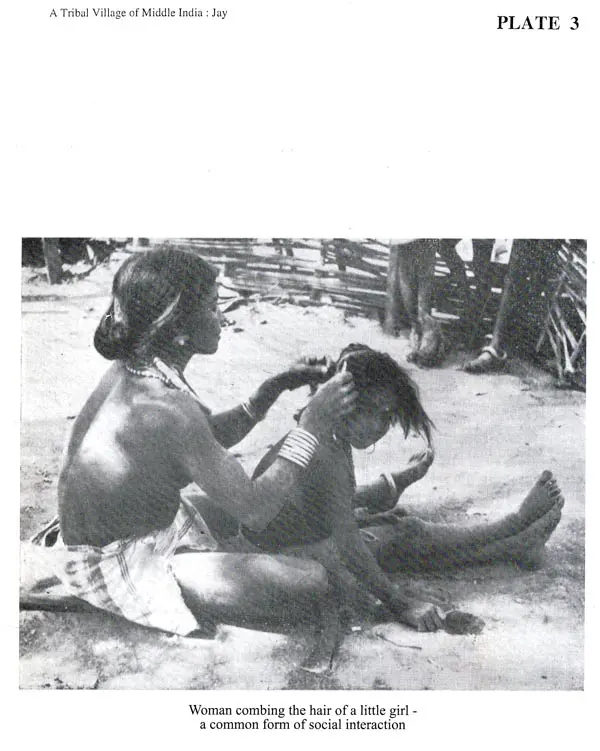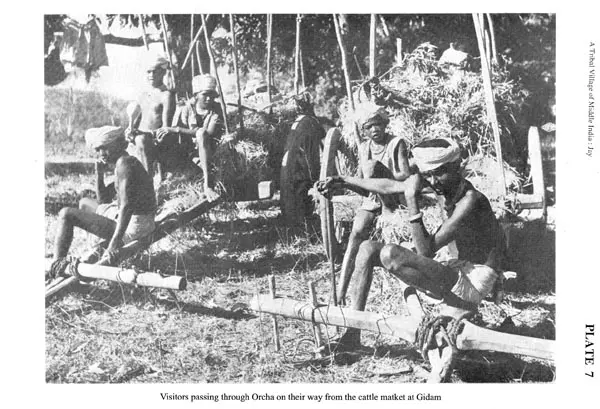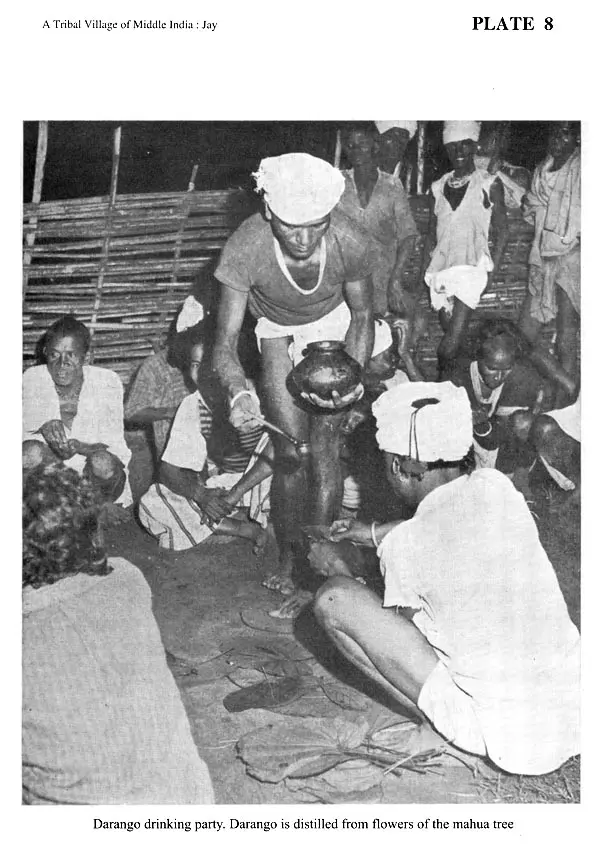
A Tribal Village of Middle India
Book Specification
| Item Code: | UBF167 |
| Author: | Edward J. Jay |
| Publisher: | Anthropological Survey of India, Kolkata |
| Language: | English |
| Edition: | 2009 |
| Pages: | 311 (B/W Illustrations) |
| Cover: | HARDCOVER |
| Other Details | 9.50 X 6.00 inch |
| Weight | 770 gm |
Book Description
THE INDIAN rural population has long been classified into 'tribes' and 'castes' by social scientists. administrators, and others. Oddly enough, although many writers have glibly spoken of tribe and caste, few have ventured to state specifically how these two categories of society are to be distinguished. Risley (1915: 62, 68) and Majumdar (1943: 107) characterize both types of social group merely as endogamous 'collections of families,' without further elaboration of differences and similarities. Weber (1916: 398) called attention to the relative economic self-sufficiency of a tribe versus a caste, and pointed out that a tribe 'comprises people of every social rank,' while a caste is frequently divided into sub-castes, each with a different social rank. A caste is a social and occupational group forming part of a wider social community, while a tribe is coterminous with the social com- munity as a whole. Mandelbaum (1957: 330-1) has characterized the Kotas of the Nilgiris as almost Hindu peasants, but also points out that in the nineteenth century they were a tribe "in that they were not only non-literate but were not much influenced directly by literate peoples and cultures (as low caste villagers were). Their social system was not geared into the main system and was less elaborate." They were also relatively independent of markets and lacked the temples and deities of Hinduism.
More recently Surajit Sinha has attempted a systematic comparison of tribe and caste characteristics. He distinguishes the two types of society on the basis of Redfield's concepts of 'folk' and 'peasant societies (1958: 504). He maintains that the "tribal cultures seem apparently outside the main historical current of the development of Indian civilization" (1958: 505). Yet he also sees them as the retainers of "the initial primitive level of cultural raw materials that contributed to the development of Indian civilization.
**Contents and Sample Pages**
